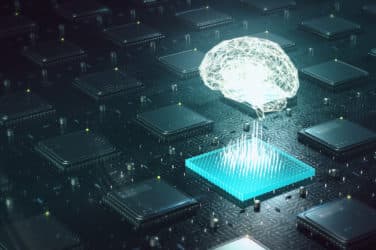Institutional fixed-income investors are hardly jumping into the pool of artificial intelligence, but some are at least dipping their toes in the shallow end, and considering a more substantive wade-in.
That was the rough take conveyed Thursday in a ‘fireside chat’ about the future of AI at the WBR Fixed Income Leaders Summit.
Sam Priyadarshi, Head of Portfolio Risk and Derivatives at Vanguard, said over the past three to four years his firm has applied AI to “low-hanging fruit”, i.e. the easiest areas to automate processes and gain operational efficiencies. “We want to speed up manual tasks, for example ‘screen scraping’ and mapping quotes to securities of interest,” he said.
In the future, the hope is to evolve beyond fairly basic machine learning to ‘thinking’ algorithms that can automate bigger tasks such as indexing, plus sentiment analysis and pattern detection to be used for alpha generation in active management.
Miles Kumaresan, Global Head of Trading & Fintech at Nordea Asset Management, said if AI is to be deployed to automate liquidity sourcing, then some trading protocols would need to be recalibrated. “You need to change the way in which protocols communicate,” Kumaresan said. That would require “not just smart tools, but also protocols that facilitate those tools.”
AI and machine learning are already in more widespread everyday use than most people think, said Constantinos Antoniades, Head of Fixed Income at Liquidnet.
“Financial markets have already started catching up to AI use, by developing innovations that augment the trader’s decision-making process,” Antoniades told Markets Media before the conference. “Computers have always been able to analyze large amounts of data much faster and much more efficiently than humans. But now, combined with AI, they can help derive greater meaning from large data sets, detect market patterns unseen by the human eye, and deliver results and suggestions in a consumable and actionable way to the trader – all in a very short amount of time.”
“Today there are very few tangible applications of machine learning and AI in financial markets,” Antoniades continued. “However. more and more examples are surfacing and it is only a matter of time before they become differentiating factors.”




